Table of content
Cabbage and vermicelli noodles, a dish beloved for its simplicity, flavor, and adaptability, is a staple in many cuisines across Asia. This humble yet satisfying meal combines the crisp texture of cabbage with the soft, silky strands of vermicelli noodles, often enhanced by aromatic seasonings and proteins like pork, shrimp, or tofu. Whether you’re a seasoned home cook or a novice in the kitchen, mastering this dish opens doors to endless culinary creativity. In this guide, we’ll explore the history of cabbage and vermicelli noodles, dissect the ingredients, and provide a step-by-step breakdown of cooking techniques to help you achieve perfection every time.
A Brief History of the Dish
The origins of cabbage and vermicelli noodles trace back to East Asian culinary traditions, where cabbage—a cool-season crop—has been cultivated for millennia. Vermicelli noodles, made from rice, mung bean, or sweet potato starch, have been part of Asian diets for centuries. The combination of these two ingredients likely emerged as a practical way to use seasonal produce and pantry staples. Over time, the dish evolved, absorbing regional influences. In China, it’s often stir-fried with soy sauce and garlic; in Korea, it might include gochujang for heat; and in Vietnam, fish sauce and herbs add brightness. Today, it’s a global favorite, prized for its balance of textures and flavors.
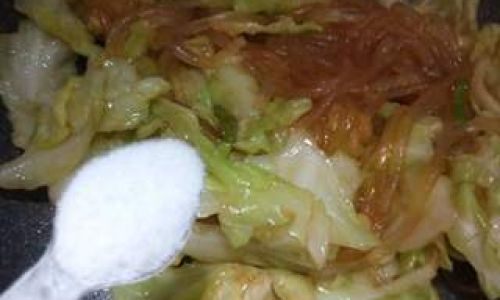
Ingredients: Building Blocks of Flavor
Creating the perfect cabbage and vermicelli noodle dish starts with selecting quality ingredients. Here’s a breakdown of what you’ll need:
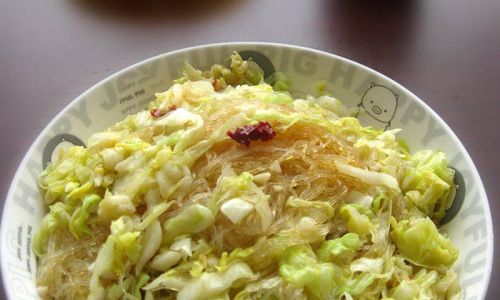
Cabbage
- Type: Green cabbage (common in stir-fries) or Napa cabbage (softer, used in soups or lighter dishes).
- Preparation: Remove the core, then shred or slice into thin strips. Thinner slices cook faster and wilt evenly.
Vermicelli Noodles
- Type: Rice vermicelli (common in Southeast Asian dishes) or mung bean vermicelli (transparent, used in Chinese cooking).
- Preparation: Soak in hot water until pliable (5–10 minutes), then drain. Avoid over-soaking, as they can become mushy.
Aromatics and Seasonings
- Garlic & Ginger: Minced or grated for a fragrant base.
- Soy Sauce: Light soy for saltiness, dark soy for color (optional).
- Oyster Sauce: Adds umami depth (use vegetarian oyster sauce for plant-based versions).
- Sesame Oil: A finishing touch for nutty aroma.
- Chili Flakes or Fresh Chilies: Adjust to taste for heat.
Protein (Optional)
- Ground Pork: Classic in Chinese-style dishes.
- Shrimp: Peel and devein for a seafood twist.
- Tofu: Firm tofu, cubed and pan-fried, for a vegetarian option.
Vegetables (Optional)
- Carrots: Julienned for sweetness and crunch.
- Bell Peppers: Adds color and mild sweetness.
- Mushrooms: Shiitake or button mushrooms for earthy flavor.
Oils
- Neutral Oil: Vegetable or canola oil for stir-frying.
- Sesame Oil: For drizzling at the end.
Step-by-Step Cooking Guide
Preparing the Noodles
- Soaking: Place dry vermicelli in a heatproof bowl and cover with boiling water. Let sit 5–7 minutes until tender but not sticky. Drain and rinse under cold water to stop cooking. Toss with a drizzle of sesame oil to prevent sticking.
Prepping the Cabbage
- Washing: Rinse cabbage leaves under cold water. Pat dry with a kitchen towel.
- Cutting: Stack leaves, roll into a cylinder, and slice into ¼-inch strips. Discard the tough core.
Sautéing Aromatics
- Heat 2 tbsp neutral oil in a wok or large skillet over medium-high heat.
- Add 1 tbsp minced garlic and 1 tsp grated ginger. Stir-fry 30 seconds until fragrant (avoid burning).
Cooking the Protein (If Using)
- Ground Pork: Add 8 oz ground pork to the wok. Break into small pieces with a spatula. Cook until browned (5 minutes).
- Shrimp: Add 8 oz shrimp. Cook 2–3 minutes per side until pink and opaque.
- Tofu: Pan-fry cubes in a separate skillet until golden. Set aside.
Stir-Frying Vegetables
- Add cabbage to the wok. Stir-fry 3–4 minutes until wilted but still crisp.
- Toss in carrots, bell peppers, or mushrooms. Cook 2 minutes.
Combining Noodles and Seasonings
- Add soaked noodles to the wok. Pour in 2 tbsp soy sauce, 1 tbsp oyster sauce, and a pinch of sugar. Toss gently to coat.
- For heat, add 1 tsp chili flakes or sliced fresh chilies.
Final Touches
- Drizzle 1 tsp sesame oil over the dish. Toss lightly.
- Taste and adjust seasoning: add more soy sauce for saltiness or a splash of rice vinegar for acidity.
Serving
- Transfer to a serving platter. Garnish with sliced green onions, sesame seeds, or cilantro.
- Serve hot with steamed rice, wontons, or as a standalone meal.
Expert Tips for Perfect Results
- Noodle Consistency: Overcooked noodles turn mushy. Test by pinching a strand—it should break easily but not disintegrate.
- Cabbage Texture: Undercooked cabbage tastes raw; overcooked becomes soggy. Aim for tender-crisp.
- Wok Hei (Breath of the Wok): For authentic flavor, cook over high heat to achieve a slight char on the cabbage and noodles.
- Customization: Experiment with add-ins like bean sprouts, snow peas, or bamboo shoots.
- Dietary Swaps: Use tamari for gluten-free diets or coconut aminos for a soy-free alternative.
Common Mistakes and How to Avoid Them
- Mushy Noodles: Always soak, don’t boil. Rinse under cold water after draining.
- Burnt Aromatics: Keep heat medium-high and stir constantly when sautéing garlic and ginger.
- Soggy Cabbage: Don’t overcrowd the pan. Cook in batches if needed.
- Bland Flavor: Balance saltiness (soy sauce), sweetness (sugar), and umami (oyster sauce).
Regional Variations to Explore
- Korean-Style: Add gochujang, kimchi, and a fried egg.
- Vietnamese: Include fish sauce, lime wedges, and fresh herbs like mint and basil.
- Indian-Inspired: Toss with turmeric, cumin, and a squeeze of lemon.
- Italian Twist: Mix with Parmesan, olive oil, and cherry tomatoes.
Storage and Reheating
- Refrigerator: Store in an airtight container for up to 3 days.
- Freezer: Avoid freezing, as noodles become gummy.
- Reheating: Stir-fry over medium heat with a splash of water or oil to revive texture.
Nutritional Benefits
Cabbage is low in calories but high in fiber, vitamins C and K, and antioxidants. Vermicelli noodles, depending on the type, offer carbohydrates with minimal fat. Adding protein boosts satiety, making this dish a balanced meal.
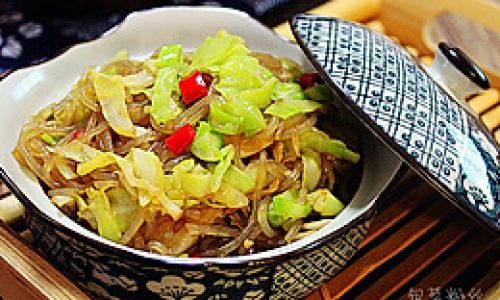
Conclusion
Cabbage and vermicelli noodles is more than a recipe—it’s a canvas for culinary expression. By mastering the basics, you unlock the ability to adapt the dish to your taste, dietary needs, or ingredient availability. Whether you prefer it spicy, savory, or loaded with veggies, this dish rewards experimentation. So grab your wok, sharpen your knife, and embark on a journey to create a meal that’s both comforting and vibrant. Bon appétit!
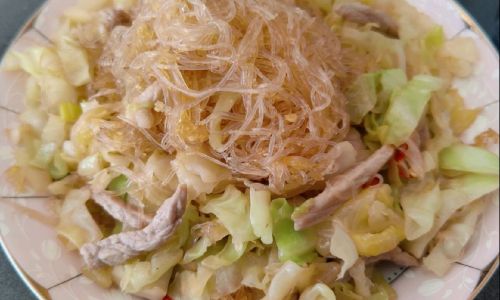
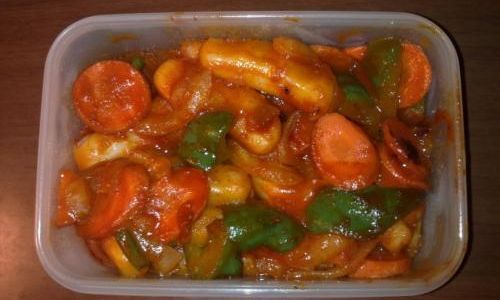
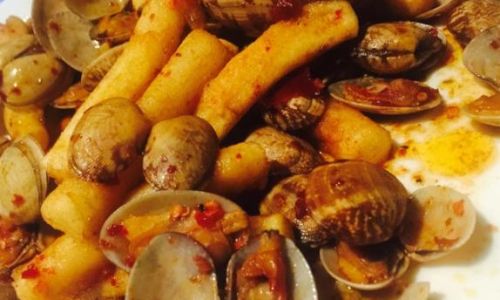
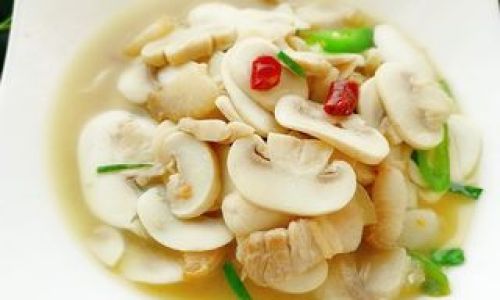
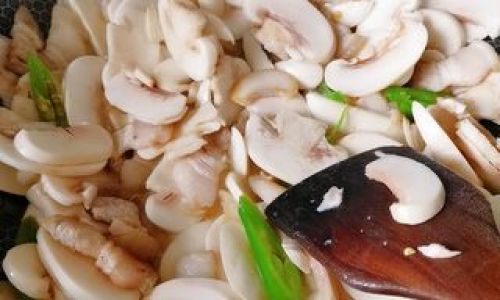
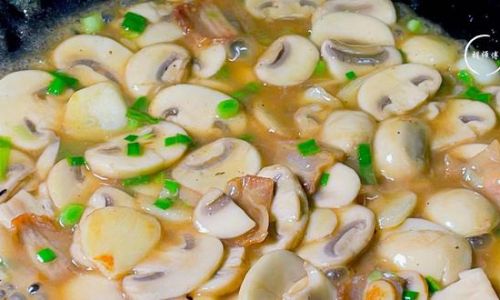
0 comments